Let me introduce you to a formidable figure in the avian world: the Lappet-Faced Vulture, scientifically known as ‘Torgos Tracheliotus‘. This species distinguishes itself in the vulture family tree, not just by its sheer size but also through its unique attributes.
When I say ‘distinct,’ I’m talking about those standout features that you can’t miss. The most obvious is their namesake lappets, the fleshy folds of skin that drape loosely from the sides of their heads.
I’m eager to share even more about these incredible birds. We’ll examine closely their strong beaks and keen eyesight, key assets for survival in the wild, in the following segment, dedicated entirely to the anatomy of the lappet-faced vulture.

The Remarkable Anatomy of the Lappet-Faced Vulture
What strikes you first when you meet the mighty lappet-faced vulture? It’s not just their size (it is the largest vulture in Africa); rather, it’s the distinctive skin folds, or lappets, that drape from their necks. These fleshy folds grant the bird its name and serve as a personal cooling system, regulating body temperature in the scorching African heat.
Elegant evolution, I’d say.
Their strong beak is not to be overlooked, starkly contrasting with their brown and white body feathers. Not merely a tool for consuming food, the robust beak of these scavengers is their lifeline. It’s perfectly adapted to tear through tough hide and muscle, allowing them to access nutritious meat that other vultures can’t reach.
Their powerful vision complements their formidable beak, enabling them to spot carrion from miles away high up in the sky.
With an imposing stance, these vultures tower amongst their kin. Their impressive stature is notable—hefty birds that command attention. As adults, their wingspans can stretch to a significant 2.5 to 2.9 meters, rivaling some of the largest birds on the continent. Furthermore, the plumage of an adult is a composition of bold white and dark brown feathers, signifying maturity—a stark contrast to the fluffier and duller feathers in their youth.
If you observe their flight, you’ll notice efficiency. They utilize thermal currents to glide effortlessly throughout their expansive territory, conserving energy as they scan the landscape below.
In the video below, you can see the difference in size with other types of vultures:
The Daily Life of Lappet-Faced Vultures and its diet.
Lappet-faced vultures have adapted to survive in some of the harshest environments on our planet, and understanding their daily routines offers me a glimpse into their resilient world. I could describe it as a narrative of survival.
When it comes to diet, lappet-faced vultures aren’t picky. Carrion is their primary food source, but they won’t shy away from an opportunity to dine on smaller animals, like reptiles, when available. The strength in their beak isn’t ornamental; it’s a pivotal tool that allows them to tear through tough hides that other scavengers can’t penetrate.
You might picture vultures as social animals that gather in large groups, but lappet-faced vultures often break this stereotype.
They typically operate alone or in pairs, especially when hunting. On rare occasions, they will join other vultures at a carcass, asserting dominance with their size to take their ample share.
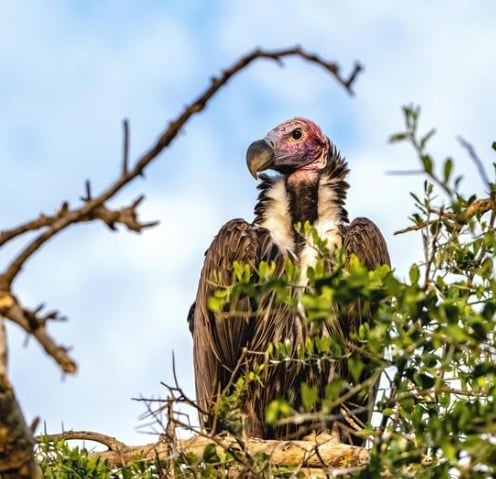
The breeding habits of the Lappet-faced vultures.
Their breeding habits are as individualistic as their lifestyle. Lappet-faced vultures construct large nests atop trees or crags, where pairs nurture one to two eggs. These birds ensure their offspring have a robust start to life, dedicating several months to raise their young until they’re ready to face the world on their own terms.
When they mate, Lappet-faced vultures make a very weird sound, check out the video below 🙂
But life is not without its challenges. Every day these vultures are faced with threats, ranging from habitat loss to poisoning and hunting. The latter often results from misconceptions about their role as scavengers, leading to direct persecution in some regions.
The Lappet-Faced Vulture, its location and habitat.
The Lappet-Faced Vulture is a large bird of prey that is primarily found in the arid and semi-arid regions of Africa. Its distribution spans across a variety of countries on the continent, from the southwestern Arabian Peninsula down through East Africa and into southern Africa.
The range includes nations such as Sudan, Ethiopia, Somalia, Kenya, Tanzania, Namibia, Botswana, Zimbabwe, and South Africa.
Habitat-wise, the Lappet-Faced Vulture showcases a remarkable adaptability to diverse environments within its expansive range.
These vultures are often associated with open landscapes, preferring arid and semi-arid regions characterized by vast savannas, grasslands, and desert-like terrain. They can be found in areas ranging from lowland plains to higher elevations, even reaching altitudes of up to 3,000 meters (9,800 feet).
These vultures are particularly well-suited to regions with an abundance of large herbivores, as their primary food source consists of carrion.
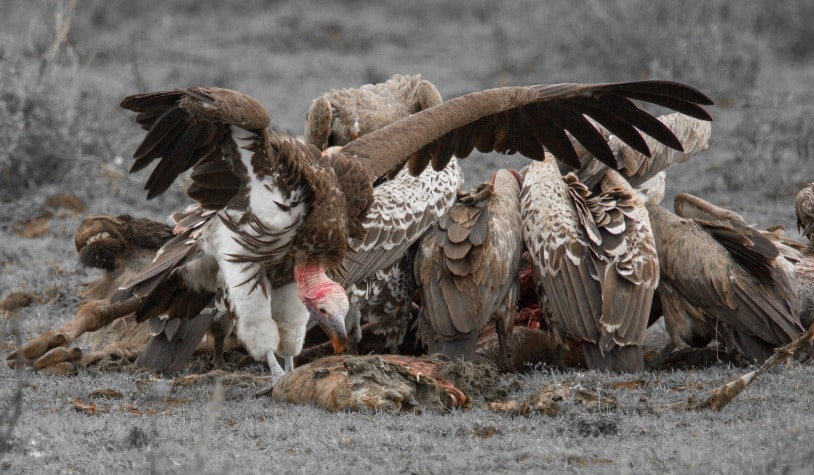
What is the lifespan of the Lappet-Faced vulture?
The lifespan of Lappet-Faced Vultures in the wild can vary, but they generally have a long life expectancy. On average, these vultures can live to be around 25 to 30 years old in their natural habitats.
In captivity, where they may receive regular veterinary care and a controlled environment, Lappet-Faced Vultures have been known to live even longer, sometimes reaching or exceeding 30 years of age.
Want to find the best binoculars for a safari? Check out my blog post here!
Conservation Efforts: Safeguarding the Lappet-Faced Vulture
Their conservation status, regrettably, hovers at a worrying ‘Endangered‘ on the IUCN Red List, and understanding WHY is crucial. Loss of habitat, poisoning, food scarcity, and collision with energy infrastructure are just some of the factors contributing to their waning numbers. Highlighting the significance of these vultures to the ecosystem, from scavenging to disease control, is paramount for their protection.
Conservationists across the globe have rolled up their sleeves to protect these vultures. They employ a mixture of strategies, including habitat restoration efforts and the creation of vulture-safe zones. Captive breeding programs serve as a critical lifeline, breeding individuals for eventual reintroduction into the wild.

Legal frameworks provide an essential backstop to these hands-on efforts. Both international conventions like the Convention on Migratory Species and local protections carry the weight of law to guard these vultures.
Eco-tourism can also provide a unique opportunity to witness these majestic birds in their natural habitats.
My Final Conclusion.
By choosing responsible travel experiences, you not only learn about these intriguing lappet-faced vultures but also support conservation efforts economically. Just like we visited a small museum in Pongola game reserve in South Africa, why not combine it with a safari?
The reality is that as ‘nature’s cleanup crew,’ these vultures are indispensable and I hope that you will get to see these big birds still plenty on your holidays in Africa!
If you have any more questions about these vultures or would like to see more pictures, videos and stories about my travels to Africa, please feel free to leave a comment down below or join me on my social media channels!
I wish you happy travels!
Kind regards,
Lizzy
I now have a YouTube channel as well!
YouTube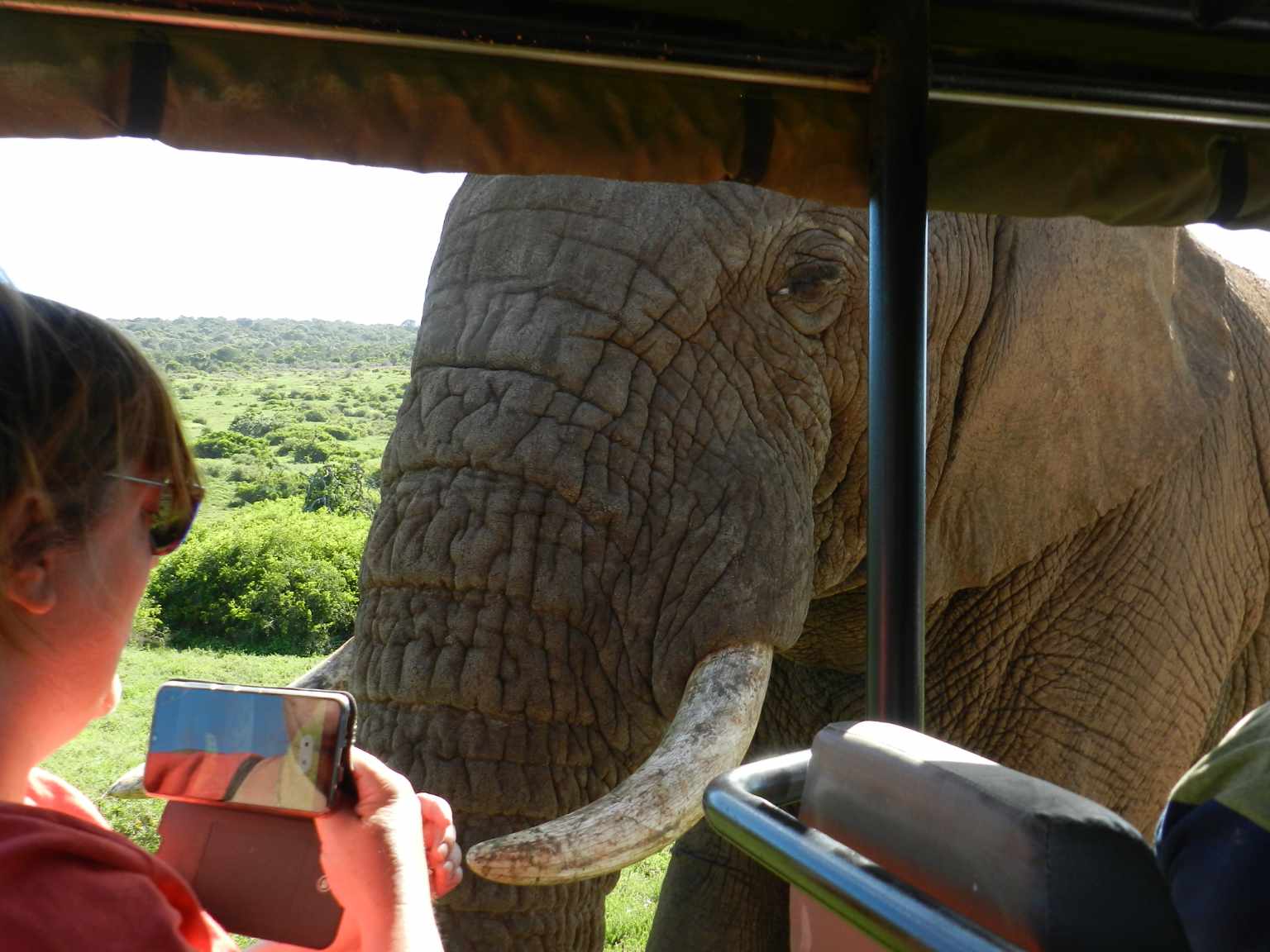
Hello Africa travellers!
Who am I? Well, the least you can say is that I am quite crazy about Africa, its nature, its climate, its culture, and more.
As a young woman in my twenties, I had already traveled to several African countries by traveling along in an overlander on my own and mostly camping ( or glamping ) and just fell in love with the diversity of it all.
So much, so that at the age of 26, I went back to university to study biology, which, unfortunately, I couldn’t finish because of health reasons (yes, I got sick from a tropical disease, oh cynicism). But this did not stop my dream of traveling back to Africa several times, and I still do.
My dream was back then to leave Europe and go study animal behavior, especially the elephants (sure, that’s every girl’s dream haha), but I am also very much intrigued by hyenas and other “ugly African animals“.
So, I “kind of” have a little bit of a scientific approach to my articles, when I write about African birds, for example. And most of all: the passion.
But life goes on, you move from one side of the country to the other, you get sick again and top it off with lower back problems, and before you know it, you are over 50 hahaha!
Now, I still travel to Africa, but take it a bit “easier” than the good old camping days, and stay in comfortable, yet affordable accommodations, together with my husband Wouter.
These are some of the countries I have traveled to: Kenya, Tanzania, Zanzibar, Malawi, Zambia, Zimbabwe, South Africa, Namibia, Botswana, Tunisia, and a little bit of Lesotho LOL .
While clearly not being African territory, but Spanish, I also visited Gran Canaria and Tenerife, and location-wise, I consider them “African”, because of their climate and nature, sue me :-p
The last trip I took was to South Africa in the year 2023, and it sure got the fevers for Africa back! From the Barberton mountains to the Drakensberg and the Southcoast, one month wasn’t enough at all to see the whole country, so we’ll be back! At ease and with a little bit more luxury than in my younger days haha!
I wish you happy travels!
Kind regards
Lizzy

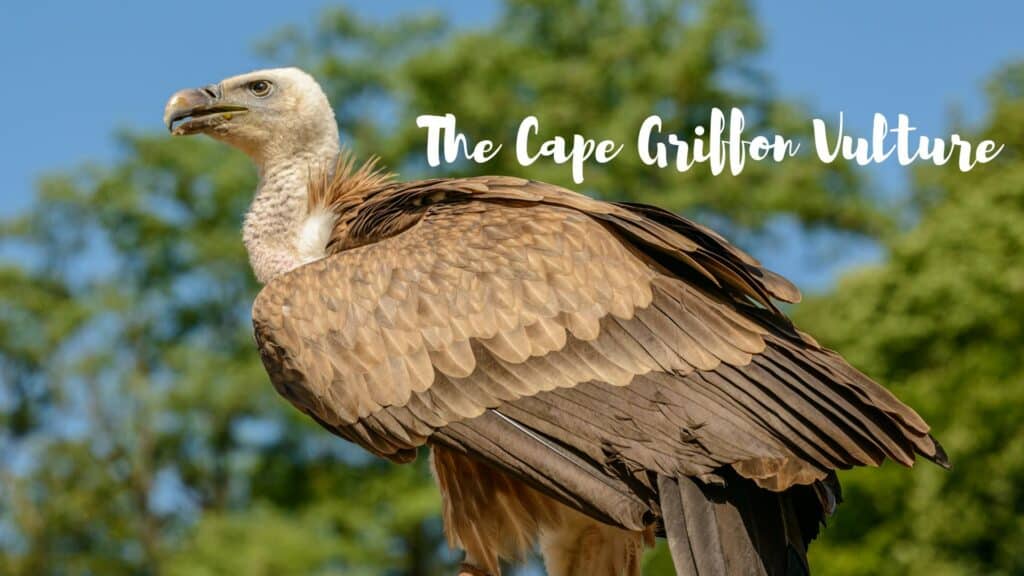

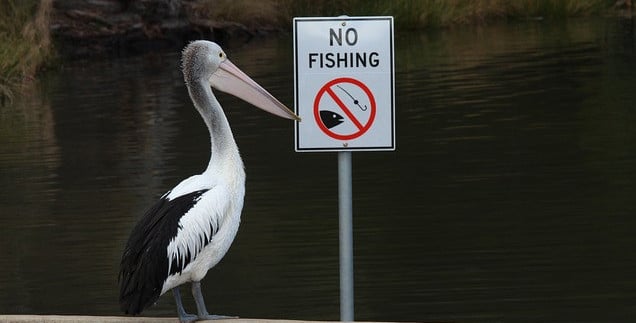
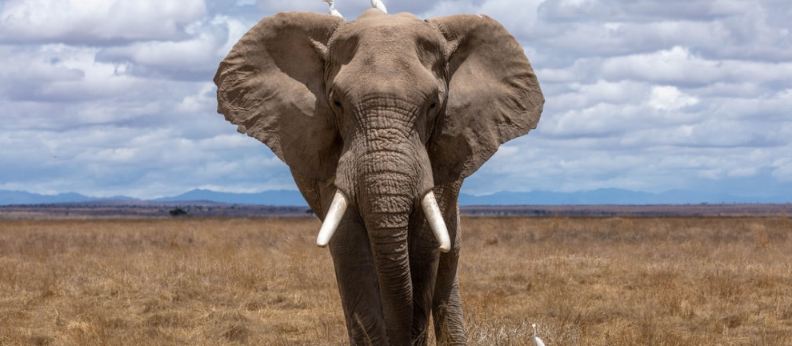

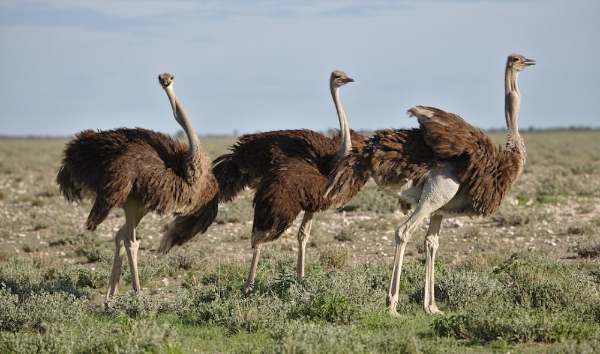
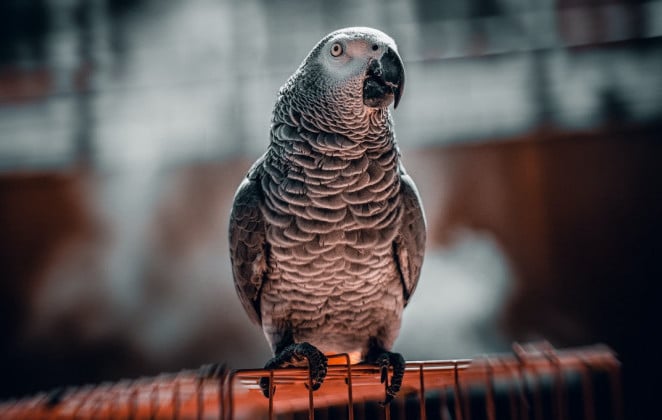

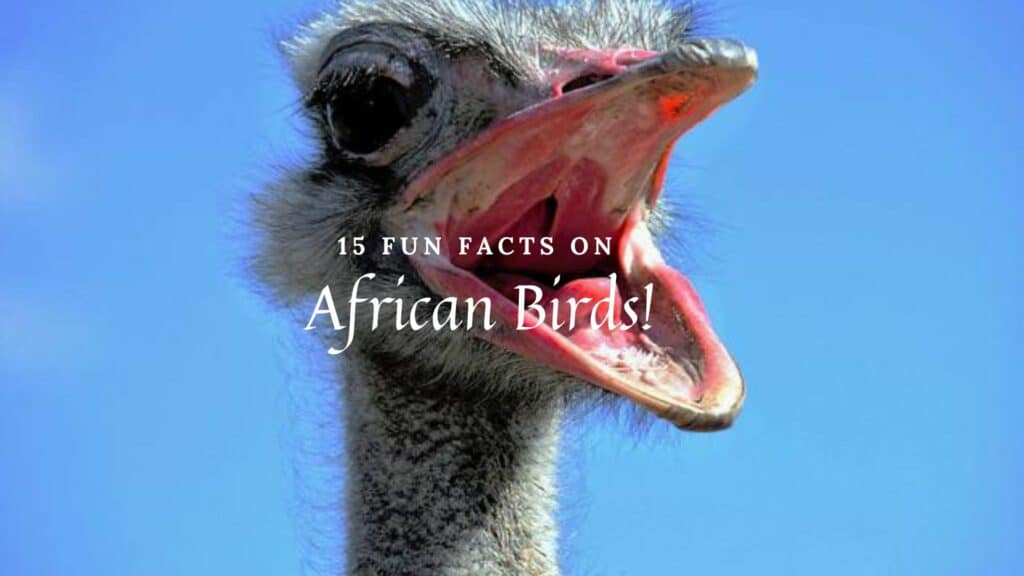
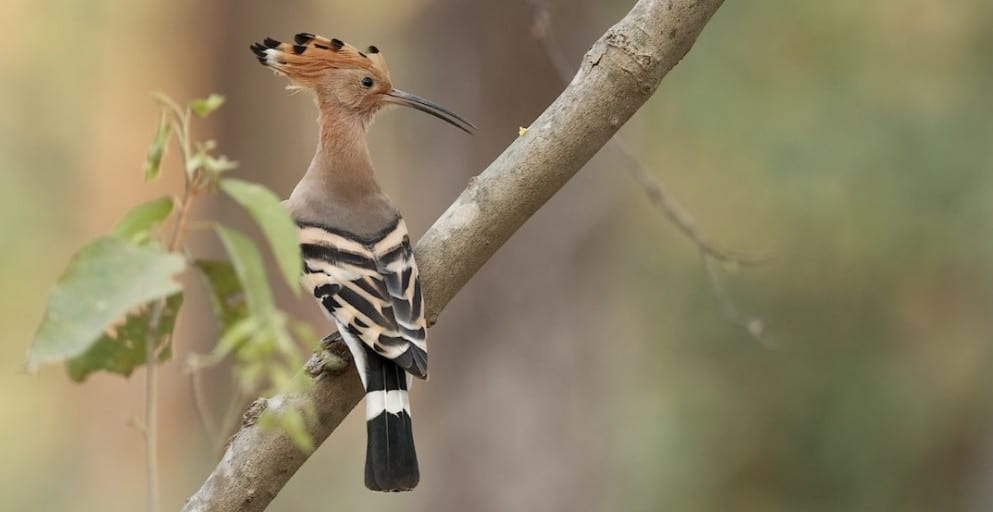
I have been a huge fan of predatory birds, while some would say the vulture is not a predator but a scavenger, they sure look the part and at times do eat live creatures.
I find it fascinating that they can see the carrion (rotting flesh) from miles away versus smelling it. Simply amazing eyesight.
I would have never guessed that the Lappet-Faced-Vulture lived for only 25-30 years in the wild. I would have guessed them to have a lifespan closer to a parrot and live as long as 75 years.
I learned a lot of new things about the Lappet-Faced-Vulture from this article. What an awesome specimen.
Stacie
Hi Stacie
Thank you for your interesting comment and I wish you happy travels and birdwatching!
Lizzy
Hi Lizzy,
I just flew through your article on Lappet-Faced Vulture Colonies, and it’s as majestic as the birds themselves! It’s intriguing to learn about their unique characteristics, like those distinctive lappets and their solitary nature, which sets them apart from other vultures. The way you’ve described their impressive wingspan and survival tactics makes me respect these ‘skyward warriors’ even more. The images and video are amazing, as always in your posts.
I’m particularly intrigued by their breeding habits. It’s interesting how these vultures, known for their wild independence, show such dedication in raising their young.
Thank you for your work and for sharing such insightful information about these fascinating birds!
Warm regards,
Makhsud
Hello Makhsud!
Thank you so much for your wonderful comment and all the compliments, it stimulates my will to go on, much appreciated!
All the best,
Lizzy
Your analysis of the topic is incredibly well-explained and I truly appreciate that you highlighted lappet-faced vultures, which are among my favorite animals.
My opinion on this topic is that it’s amazing and I love lappet-faced vultures.